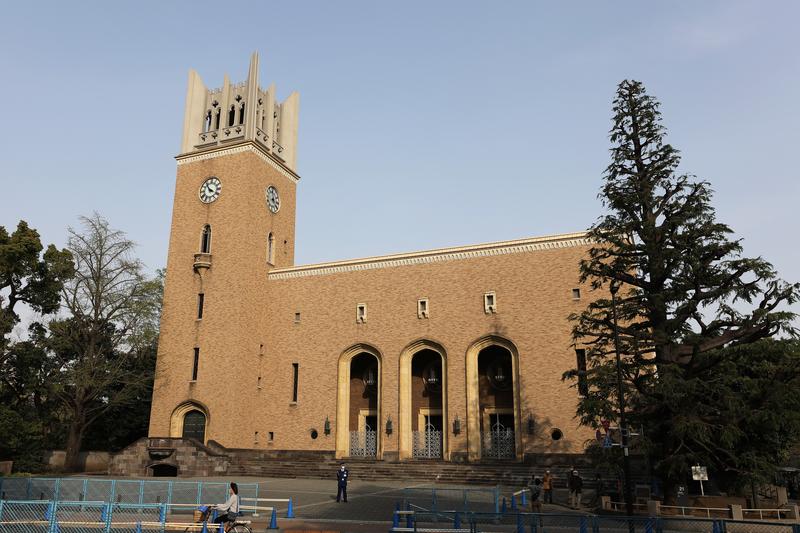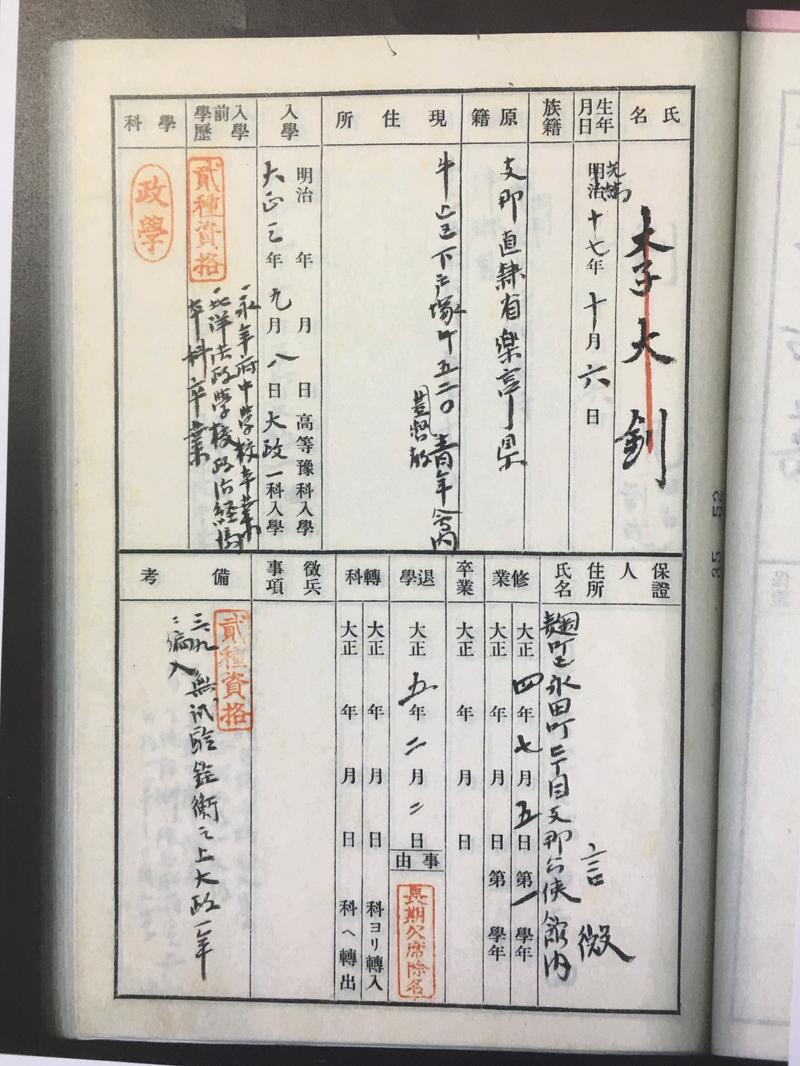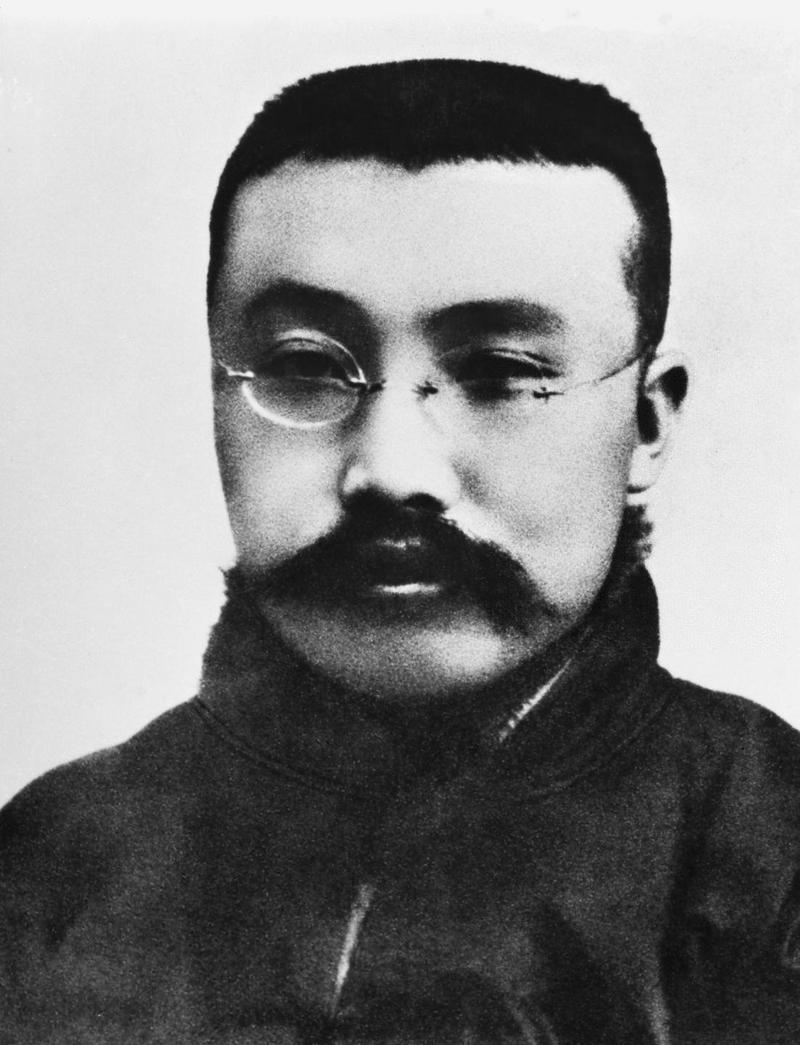 This undated photo shows Waseda University in Tokyo, where Li Dazhao, one of the founders of the Communist Party of China, studied from 1914-16.
(DU XIAOYI / XINHUA)
This undated photo shows Waseda University in Tokyo, where Li Dazhao, one of the founders of the Communist Party of China, studied from 1914-16.
(DU XIAOYI / XINHUA)
TOKYO-On a wall of the historical memorial hall at Waseda University in Tokyo are the lines from an article titled Youth, written in the spring of 1916 by Li Da-zhao, a Chinese student who later became one of the founders of the Communist Party of China.
At a time when China was impoverished and bullied by Western powers, Li Dazhao, one of the founders of the CPC, encouraged Chinese youth to fight for a better future, becoming a beacon of hope in building a stronger China for the Chinese people
At a time when China was impoverished and bullied by Western powers, Li encouraged Chinese youth to fight for a better future, becoming a beacon of hope in building a stronger China for the Chinese people.
In the winter of 1913, Li graduated from the former Beiyang Special School of Law before furthering his studies in Japan. In September 1914, he began studying political economics at Waseda.
On a scanned copy of Li's student card provided by the Chinese alumni association of Waseda, details including his address, place of birth, along with his enrollment information are written.
ALSO READ: Meeting history
 This undated photo shows a copy of Li Dazhao’s student card at Waseda University. (PHOTO / XINHUA)
This undated photo shows a copy of Li Dazhao’s student card at Waseda University. (PHOTO / XINHUA)
Fumihiko Kawajiri, a professor at Aichi Prefectural University, is familiar with the details of Li's life in Japan. Kawajiri says there is no evidence that Li took the university's entrance examination, but was still admitted.
A book written by honorary professor Hikotaro Ando at Waseda includes Li's transcripts as well as the 11 subjects he had studied and their corresponding teachers. "Compared with other Japanese students, Li Dazhao's performance was quite good," Ando says.
Kawajiri says Li studied Japanese before going to Tokyo. After arriving in Japan, he actively studied English at the Young Men's Christian Association where he resided.
In January 1915, during Li's first year at Waseda, Japanese Prime Minister Shigenobu Okuma and his cabinet secretly proposed the Twenty-One Demands against China. Chinese students studying in Japan strongly responded, and Li also actively joined the protests.
They refused to take courses taught by Kazutami Ukita, a strong advocate of the Twenty-One Demands, and some other Japanese professors, and also published articles criticizing Ukita and others.
 An undated file photo of Li Dazhao, one of the founders of the Communist Party of China. (PHOTO / XINHUA)
An undated file photo of Li Dazhao, one of the founders of the Communist Party of China. (PHOTO / XINHUA)
In Waseda's library yard is a bronze sculpture of Isoo Abe under a cherry tree. Abe was the founder of the university's baseball team.
Abe also introduced socialism to Japan. Although Li did not take Abe's course, some researchers believed that Abe had a great influence on Li. Ando believes Abe's thoughts sparked a transformation in Li's thinking toward socialist ideology.
In February 1916, Li's student card was marked with his departure from the school, with the reason for dropping out covered with a seal that reads "long absence expulsion".
READ MORE: At the center of a revolutionary past
In April 1916, Li along with hundreds of Chinese students terminated their studies in Japanese universities and returned to China.
Li eventually sacrificed his young life to the cause of spreading Marxism in China, becoming one of the first martyrs in 1927.


